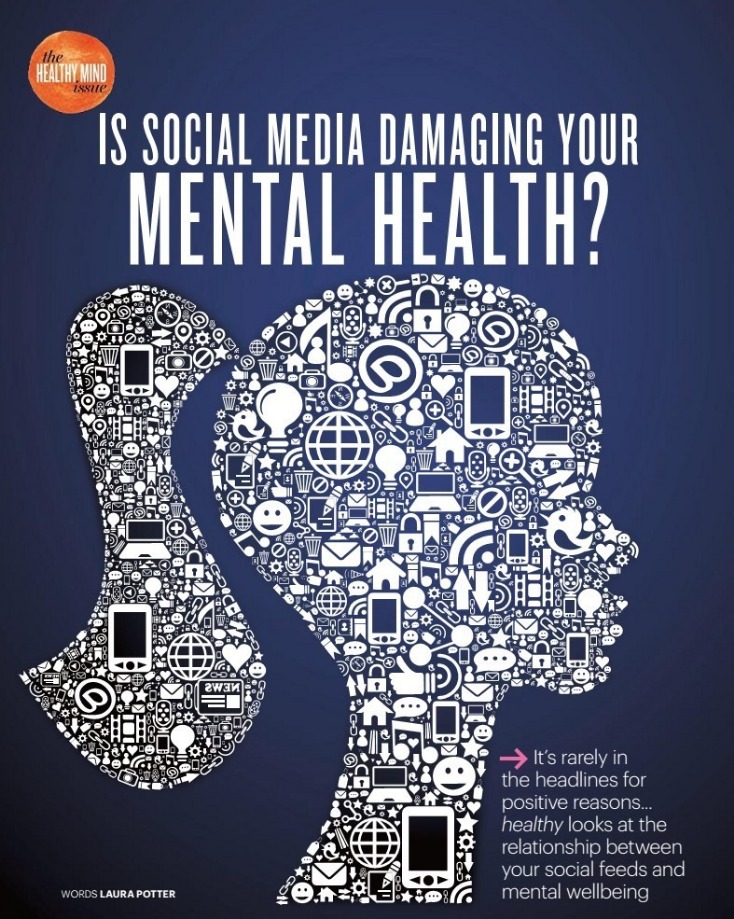From Crisis to Confidence: Integrated Paths to Recovery, Counseling, and Coordinated Care
Recovery and Addiction Counseling: Foundations for Sustainable Change
When change feels urgent yet uncertain, effective counseling offers both direction and steadiness. At the heart of modern care is a blend of addiction counseling and recovery-focused approaches that treat substance use and co-occurring mental health conditions together. Drawing from evidence-based practices like Cognitive Behavioral Therapy (CBT), Motivational Interviewing (MI), and trauma-informed methods, clinicians help people identify triggers, build coping strategies, and develop a sustainable plan that moves from stabilization to long-term wellbeing. Rather than a one-size-fits-all model, counselors tailor interventions to stage of change, personal values, and cultural context, keeping treatment both practical and deeply humane.
Core to this work is functional assessment: What are the barriers to health, and what strengths can be leveraged? For some, medication-assisted treatment (MAT) pairs with behavioral therapies to address cravings and withdrawal, while for others, family systems work or dialectical behavior techniques can help regulate emotions and rebuild trust. With co-occurring anxiety, depression, or PTSD, integrated care avoids fragmented plans and instead aligns goals across providers. The result is a cohesive support system designed to reduce relapse risk, improve daily functioning, and rebuild life roles—worker, student, parent, friend—that have meaning beyond abstinence alone.
Relapse prevention planning becomes a living blueprint rather than a static worksheet. Clients and clinicians map high-risk situations, early warning signs, and actionable steps such as scheduling therapy, calling a sponsor, or engaging in breathwork and grounding techniques. They also identify recovery capital—skills, relationships, and community resources—that anchor progress over time. Even spelling quirks aside, the spirit of recovery couseling is consistent: empower the individual to move from survival to purpose. By monitoring outcomes—craving frequency, sleep quality, adherence to medications, therapy attendance—counselors can adjust strategies in real time, maintaining momentum through setbacks and celebrating incremental wins that add up to a durable, healthy life.
Peer Support and Case Management: The Bridge from Treatment to Everyday Life
Therapeutic breakthroughs in session mean little without practical follow-through. That is where Peer Support and Case Management step in, transforming insight into action. Peer specialists, drawing from lived experience, model what recovery looks like day-to-day and offer nonjudgmental accountability. They normalize ambivalence, share strategies that worked for them, and highlight the possibility of a meaningful life after addiction. In parallel, case managers align services—housing, transportation, medical care, benefits, legal support—so the path forward is not blocked by bureaucracy. Together, these roles reduce friction, making it easier to attend appointments, fill prescriptions, and maintain employment or school commitments.
This combination also addresses the social determinants that drive health outcomes. A person can master coping skills and still struggle if unsafe housing, food insecurity, or unstable childcare remain unresolved. Through coordinated goal setting, peer specialists help clients build recovery routines—support groups, exercise, creative outlets—while case managers connect them to community resources and remove systemic obstacles. Warm handoffs ensure no one is left to navigate transitions alone, whether moving from detox to outpatient care or from inpatient stabilization to community-based services.
Importantly, Peer Support enhances motivation by offering hope in a language only lived experience can provide. It is common to pair peers with clients during the high-risk first 90 days post-discharge, where they can help manage triggers, accompany clients to new recovery meetings, and maintain a safety plan. Meanwhile, Case Management keeps the logistics running: updating care plans, checking benefits status, coordinating with prescribers, and ensuring each provider knows the current priorities. This braid of practical coordination and human connection boosts engagement, reduces no-show rates, and improves long-term recovery outcomes.
Crisis Intervention in Action: Real-World Examples and What Follows Stabilization
Moments of acute stress demand swift, steady support. Effective Crisis Intervention focuses on immediate safety, stabilization, and a plan for the next 24–72 hours. Clinicians assess risk, de-escalate with calming techniques, and co-create safety plans that outline coping strategies, supportive contacts, and emergency steps. Yet crisis work does not end when the situation calms; it is a launchpad for deeper healing. The best outcomes happen when crisis services connect seamlessly with ongoing counseling, Case Management, and peer-led recovery pathways.
Consider a scenario: Jordan, 27, arrives at an urgent care center after a stimulant binge and panic symptoms. Crisis staff use grounding exercises and brief MI to reduce distress, conduct a risk assessment, and connect Jordan with same-day outpatient support. A safety plan lists warning signs, coping strategies (paced breathing, cold-water face splash), and emergency contacts. Within 48 hours, a counselor initiates structured therapy to address triggers, while a peer specialist schedules daily check-ins for the first week. A case manager coordinates a psychiatry evaluation, verifies insurance, and arranges transportation. As stabilization takes hold, the team shifts to relapse prevention—identifying high-risk environments, adding pro-social activities, and developing a return-to-work plan.
Another example: Lily, 42, calls a crisis line during a severe alcohol relapse with thoughts of self-harm. The responder keeps her on the line, activates a mobile team for an in-person assessment, and develops a plan that includes immediate support from a trusted family member. After stabilization, addiction counseling begins with motivational enhancement and CBT, while a peer specialist accompanies Lily to her first group meeting and helps map sober-friendly routines. Case Management addresses housing instability and navigates intensive outpatient placement. Over weeks, Lily’s safety plan evolves with new coping tools, her care team monitors sleep and mood, and her relapse prevention plan adds cues like meal scheduling, medication reminders, and mindfulness practices. What began as crisis becomes a coordinated effort that restores function, dignity, and hope.
These real-world pathways show how Crisis Intervention is most effective when it is not an island. Stabilization leads into structured therapy, practical supports, and community connection. When peer specialists reinforce skills between appointments and case managers remove logistical roadblocks, counseling gains traction. Each component—clinical, relational, and practical—does its part. The result is not only fewer crises, but a life rebuilt with purpose, connection, and the confidence to navigate challenges as they arise.




Leave a Reply